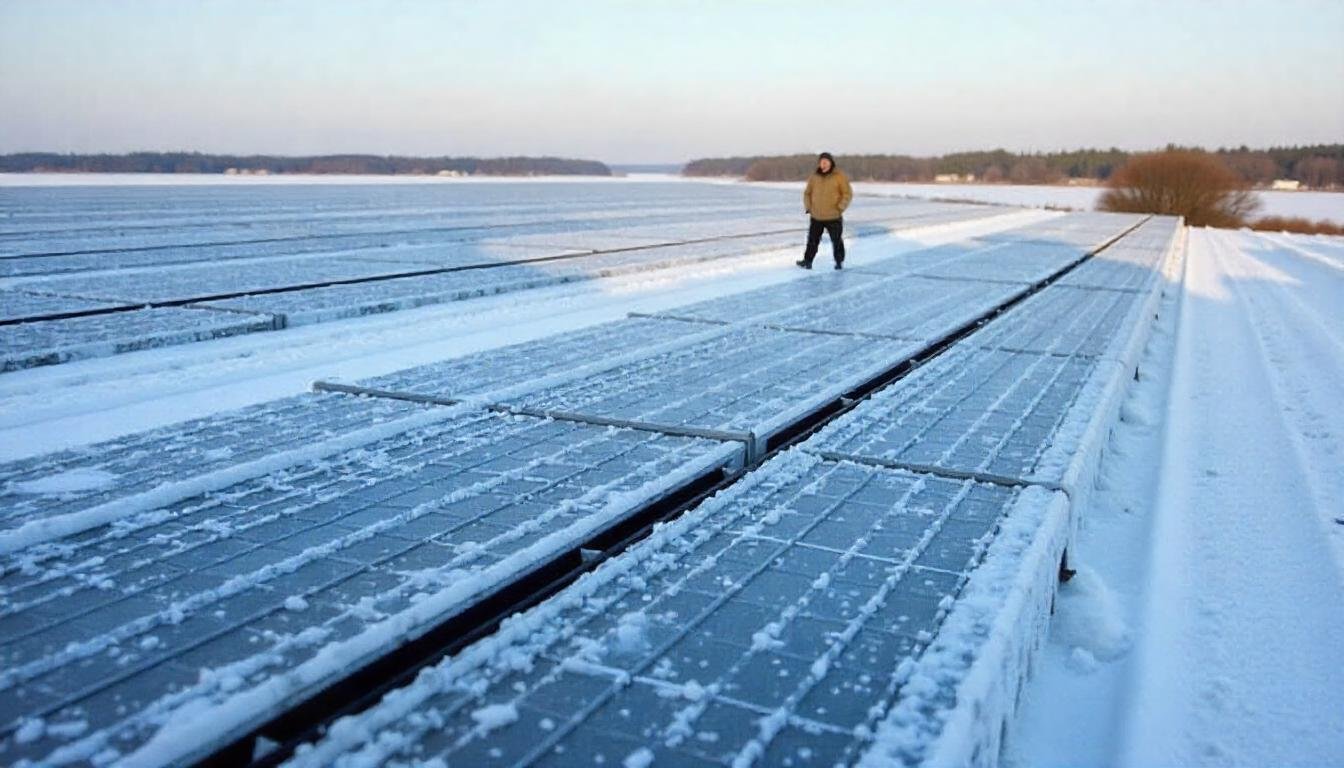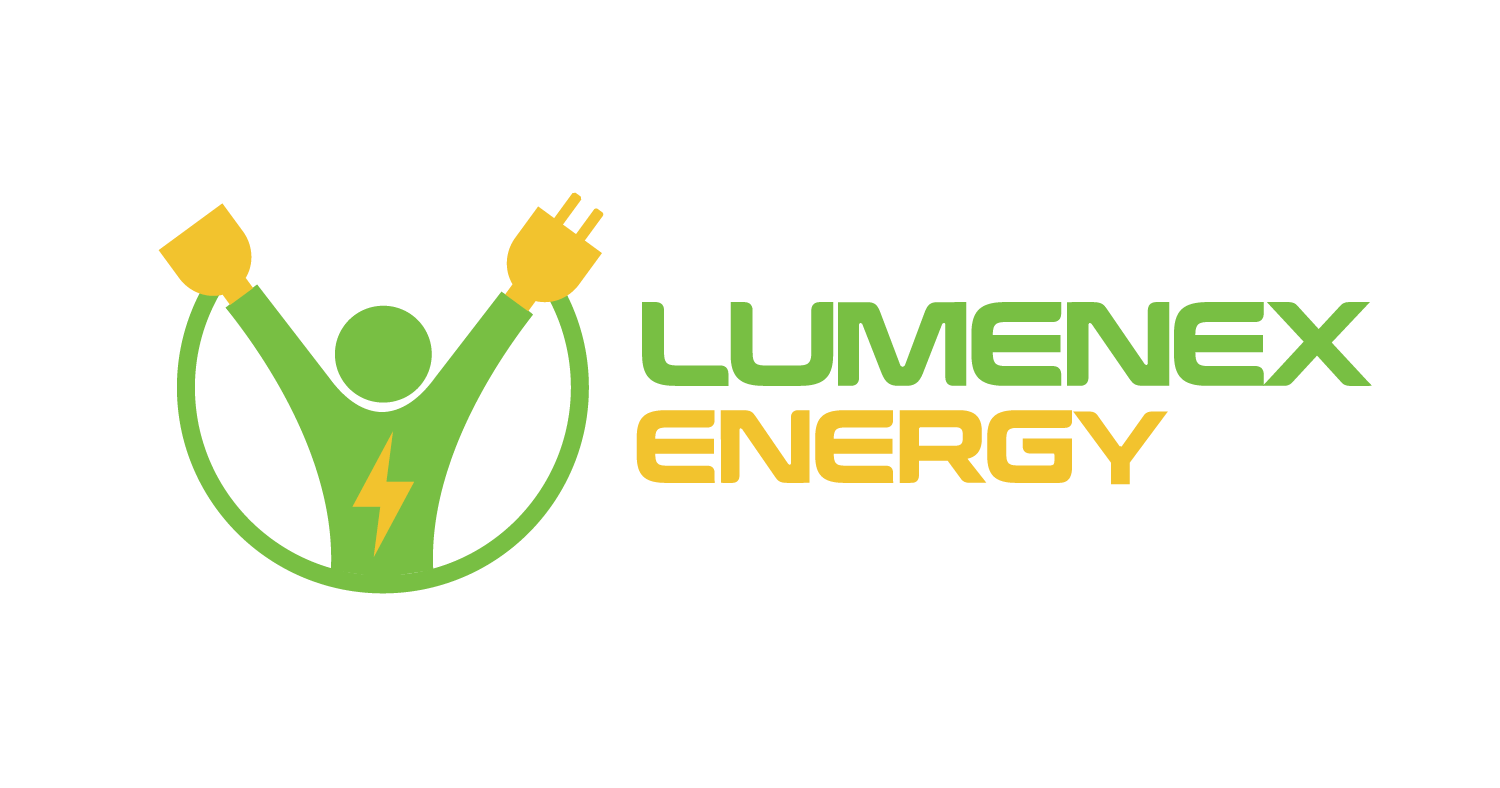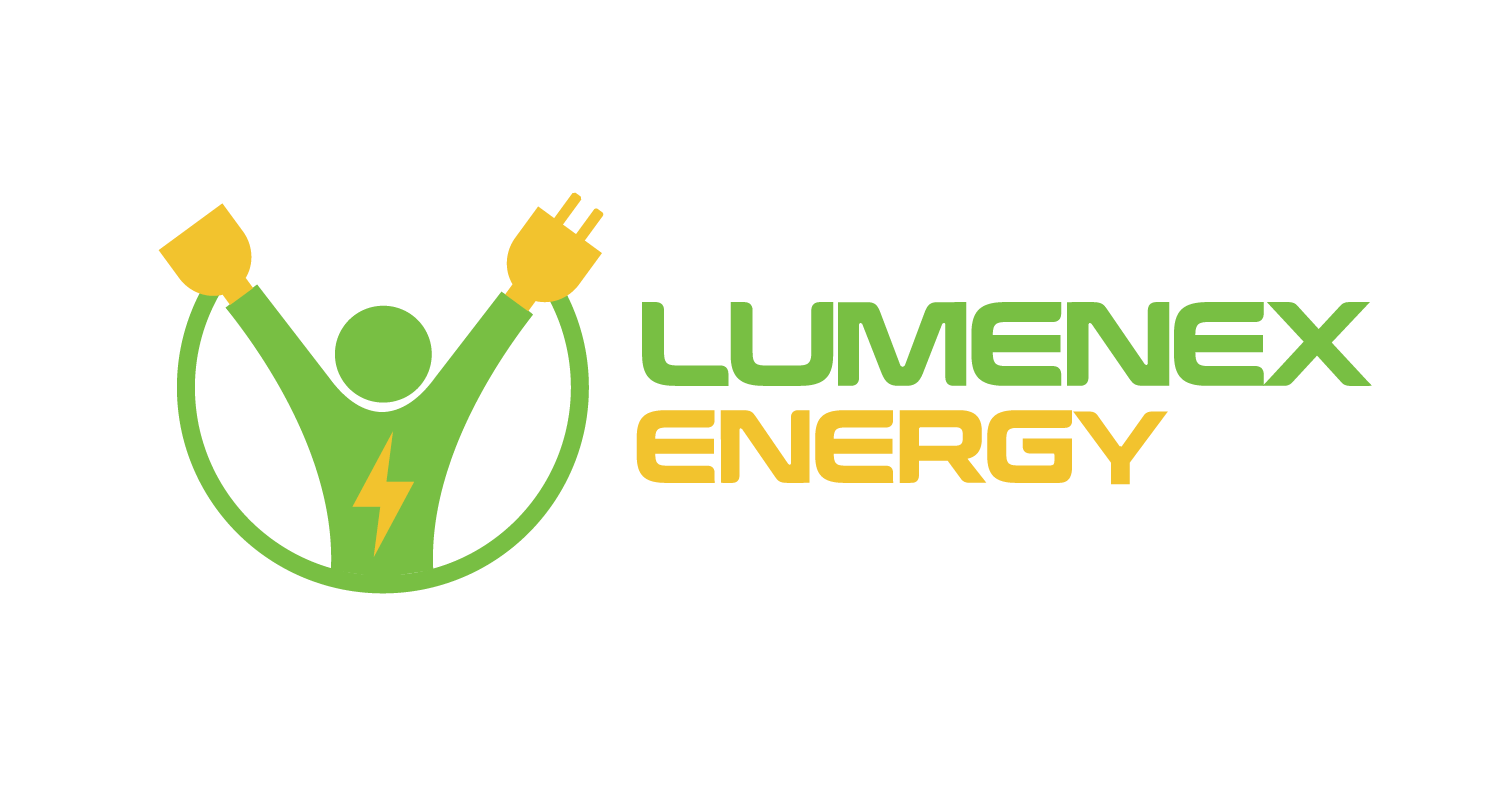
How Efficient Is The Functioning Of Solar Panels Under Ice Coverage?
The global effort to develop renewable energy maintains solar energy at its center. The world enables the installation of solar panels across different climate zones because it requires sustainable solutions for growing energy demand. Researchers need to conduct important investigations about solar power systems operational effectiveness when operating under ice cover. Solar panels require complete understanding of their performance under icing conditions to operate optimally throughout wintertime. The current blog assesses solar panel capabilities in wintery conditions by presenting methods to optimize winter performance of solar systems.
The Basics of Solar Panel Operation
Solar power production through the photovoltaic effect creates electricity in photovoltaic (PV) panels when sunlight strikes them. Throughout the solar panel’s semiconductor materials which usually contain silicon absorb sunlight photons to produce electrons that lead to electric current production. Maximum light reception by solar panels occurs when direct sunlight illuminates their surfaces without obstructions.

How Ice Affects Solar Panels
Solar panels experience several impacts when ice accumulates on their surface.
- A layer of ice covering solar panels obstructs sunlight because it physically stops most of the light from reaching photovoltaic cells. The efficiencies of solar panels decline as well as the electricity output decreases when ice forms on their surfaces.
- The weighing effect of frozen precipitation masses down on both panels and their supporting frameworks. The engineering capacity of solar panel systems normally handles typical weight loads but weight beyond this capability might break the panels or disrupt their position.
- The effects of freeze-thaw cycles cause physical destruction to solar panels as they expand then contract. Solar panel life expectancy suffers when temperature variations trigger panel expansion and contraction because small cracks form on the panels.
Mitigating Ice-Related Issues
Various tactics exist to decrease the negative effects ice creates on solar panels.
- The installation angle of solar panels should be tilted because it promotes snow and ice to naturally fall off. The solar panel efficiency increases through gravitational assistance when the panels are installed at a higher tilt angle rather than flat positioning.
- Modern solar panels feature integrated anti-icing technologies that reduce formation of ice on their surfaces. Such devices prove useful whenever places experience frequent heavy snowfall and extreme cold weather conditions.
- Regular scheduled inspections together with upkeep procedures allow present issues to be detected before they intensify into major problems. Manual snow and ice clearing from solar panels helps panels preserve their maximum operational efficiency levels.
- Heating elements are available for specific solar panel applications when they need to be protected against ice formation. These systems require only low amounts of power to maintain their operational clarity and boost performance efficiency.
Conclusion
Solar panel operation experiences moderate negative consequences when appropriate preventive steps and operational insights protect against ice formation during cold weather operations. Solar energy systems perform optimally during yearly operations when solar installers select proper angles and build anti-icing systems and implement maintenance schedules.
Renewable energy research and development initiatives will discover advanced solutions to enable solar technology operation in all climatic conditions thus making solar power accessible to all regions. The full exploitation of solar energy as sustainable power requires solar investors to demonstrate high awareness together with active system management during periods of winter conditions.



